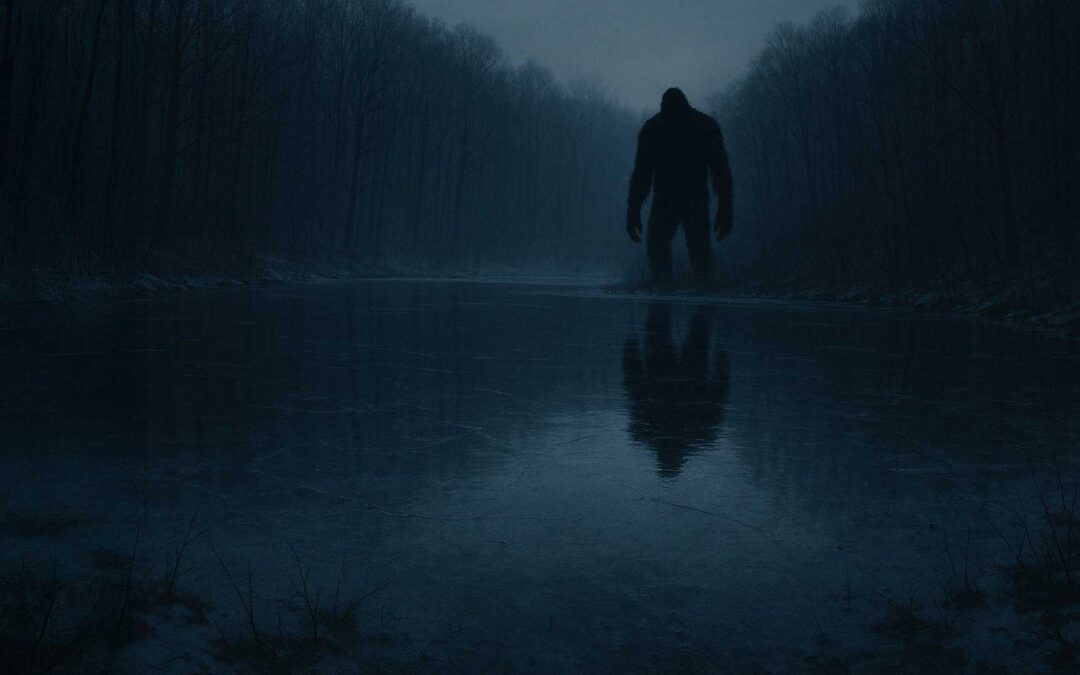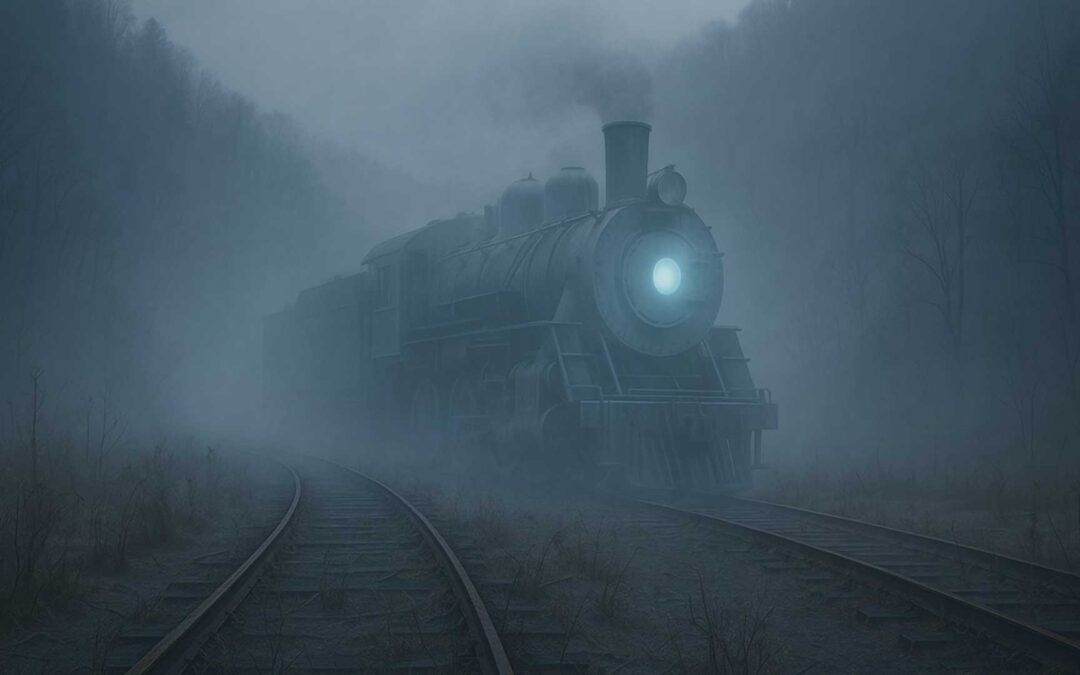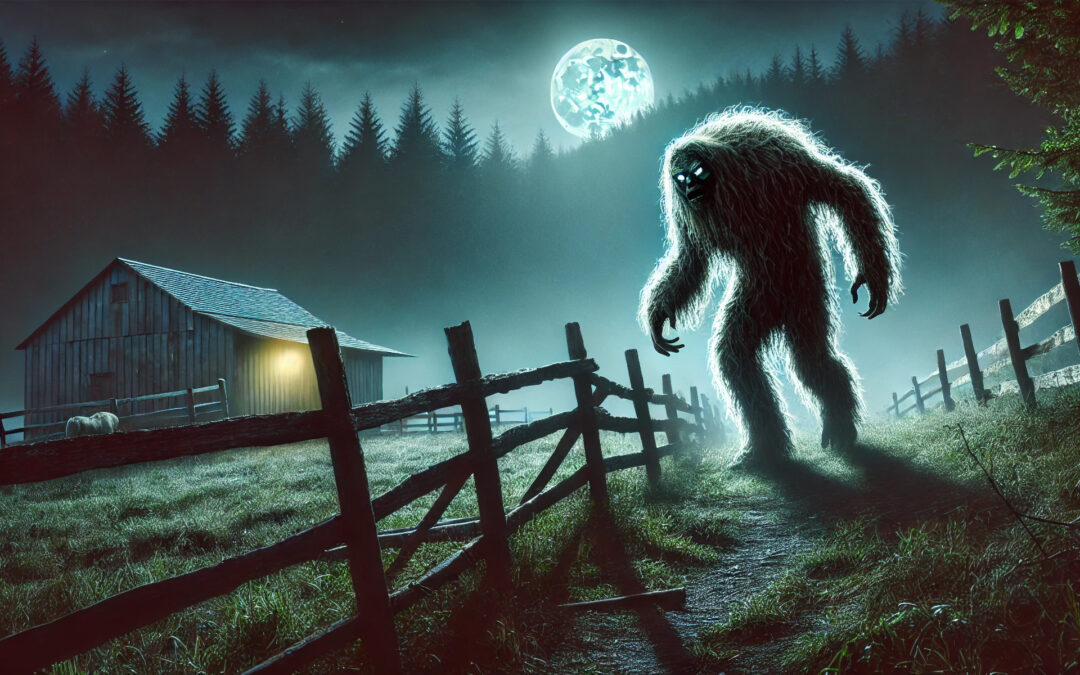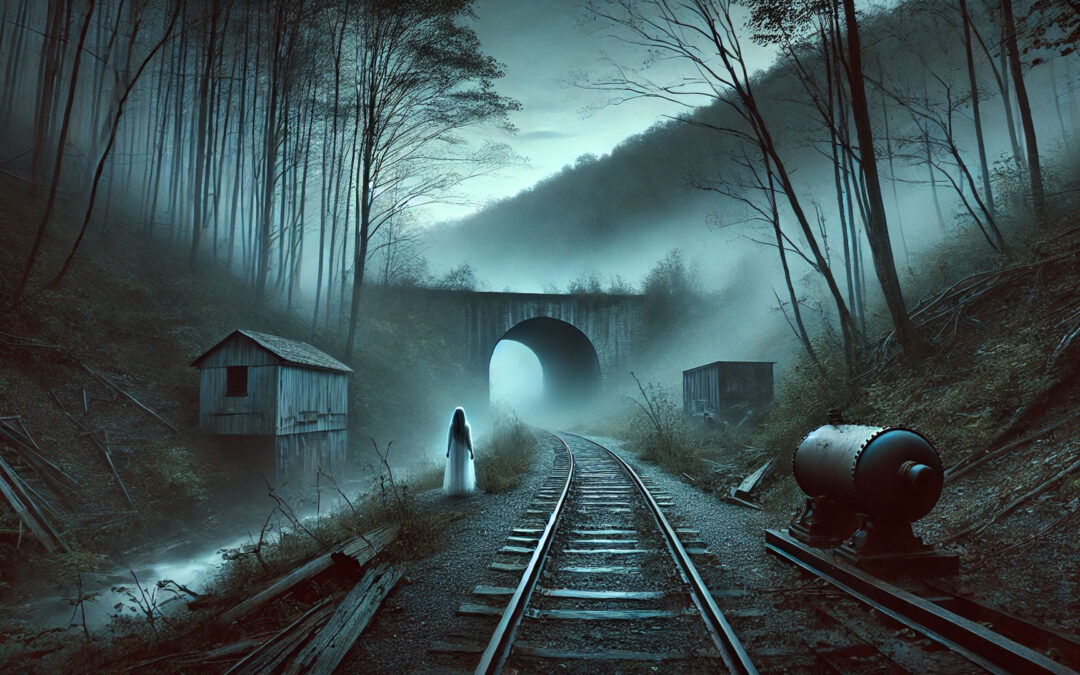Ask someone from eastern Kentucky or western North Carolina about strange things happening in the mountains, and you might get a look like you just opened a door best left shut. Not because folks are superstitious, but because there’s a quiet agreement out here—some things you just don’t poke at too hard. Stories of sounds from underground, caves that go deeper than they should, and lights that don’t have a source come up often enough that you stop calling them strange and start calling them normal.
What if there’s more to that?
Let’s talk about the Hollow Earth hypothesis and how it ties into the Appalachian region. Not as a belief, but as a question: What are we really walking on?
What is the Hollow Earth Hypothesis?
The Hollow Earth idea isn’t new. It goes back hundreds of years, with early versions proposed by scientists before plate tectonics and seismic mapping were well understood. In the 17th century, astronomer Edmond Halley—the same guy who predicted the return of Halley’s Comet—suggested that the Earth might be a series of nested spheres with empty space in between. He wasn’t talking about mole people, just trying to explain odd readings in the Earth’s magnetic field.
The idea snowballed over the centuries. In the 19th and early 20th centuries, writers and fringe theorists started adding in entire civilizations, hidden entrances at the poles, and even UFO bases. It’s easy to dismiss. But stories persist in certain places—Appalachia being one of them.
Why the Appalachians?
The Appalachian Mountains are old—like, really old. Scientists say they were formed over 480 million years ago, making them one of the oldest mountain ranges on Earth. Unlike the towering Rockies or the dramatic Andes, these mountains are worn-down, settled, and quiet.
Or so it seems.
Appalachia is filled with vast cave systems, many unexplored to this day. Mammoth Cave in Kentucky is the world’s longest known cave system. It runs more than 426 miles, and new branches are discovered regularly. Locals have long believed there are tunnels running beneath their towns and forests—some natural, some not. Are they just sinkholes and limestone erosion, or is there something else to them?
People tell stories of deep, bottomless shafts on private land, hidden by overgrowth or deliberately sealed. Not a lot of those stories make it into newspapers, but they get passed around in barbershops, church basements, and bait shops.
Reports of Anomalies
In 1973, a man named David Paulides began collecting strange accounts from national parks, especially in heavily forested areas like the Smokies. His Missing 411 research compiles hundreds of unexplained disappearances. People vanish without a trace, often in areas with cave systems, near granite or quartz formations, or after reporting strange lights or sounds.
Now, correlation doesn’t mean causation. But it raises questions.
In 2012, a declassified report from the U.S. Geological Survey (USGS) detailed unusual magnetic anomalies near parts of the Appalachian Trail. These anomalies weren’t explained by the known mineral deposits in the area. You can find the full report here: https://pubs.usgs.gov/pp/1654/
Locals near Red River Gorge, Kentucky, report hearing low hums at night that seem to come from underground. These aren’t just power lines buzzing. In fact, some people moved out of certain hollers entirely because of it. No clear explanation ever came from the county or energy providers.
Could It Be Natural?
Absolutely. The earth makes noise. There are seismic waves, underground water systems, and pressure pockets that shift over time. But that doesn’t explain everything.
Here’s a case from 1999. A spelunking team exploring a newly opened cavern in West Virginia turned back after hearing what they described as “metal-on-metal” banging deep inside the cave. They were seasoned explorers with no history of exaggeration. The cave wasn’t on any mining map, and there was no record of recent human activity nearby. No explanation was ever offered. The entrance has since collapsed.
Theories, Not Truths
Let’s get one thing clear: there’s no hard evidence proving that the Earth is hollow or that something lives under the Appalachians. But the lack of proof doesn’t mean the stories go away. If anything, it keeps them alive.
Take Brown Mountain in North Carolina. People have reported strange lights there for over a hundred years. Scientists from Appalachian State University set up long-term monitoring and caught some lights on camera, but they couldn’t pin down a cause. You can read more on their monitoring project here: https://physics.appstate.edu/research-areas/brown-mountain-lights
Then there’s the folklore. Cherokee legends talk about beings called the “Nunnehi,” a race of spirit people who lived inside the mountains. They were said to be protectors and could appear or disappear at will. Stories like that aren’t just campfire tales—they’re part of a cultural memory that goes back long before settlers arrived.
Why It Matters
You might be asking, why should we care about any of this? It’s not about proving or debunking fringe theories. It’s about asking questions and paying attention. The Hollow Earth idea probably isn’t true in the way people imagine—with cities and sunlight and creatures living inside the planet—but it might point to something else. Something underexplored. Something buried. Maybe caves that connect in ways we haven’t mapped. Or magnetic forces that affect the environment in subtle ways.
Maybe people are just good at noticing when something feels off. And maybe we shouldn’t be so quick to dismiss that.
What Can You Do?
If you live near or hike in the Appalachian region, take note of things that seem strange. Keep a journal. Talk to longtime residents. Ask about stories passed down in their families.
Pull up a geological map of your area. You can find USGS geological maps here: https://www.usgs.gov/products/maps/topo-maps
Explore cave registry databases. Try the National Speleological Society’s cave locator: https://caves.org/
And most of all, ask questions. You don’t have to believe in Hollow Earth to wonder if we’ve missed something under our feet.
Final Thought
You don’t have to dig too deep to find mystery in Appalachia. It’s in the land, in the silence, in the stories people still whisper when the sun goes down. Maybe the Earth isn’t hollow. But maybe it’s not as solid as we think.
What do you think lives under the mountains? And more importantly—why are so many people convinced something does?
























0 Comments